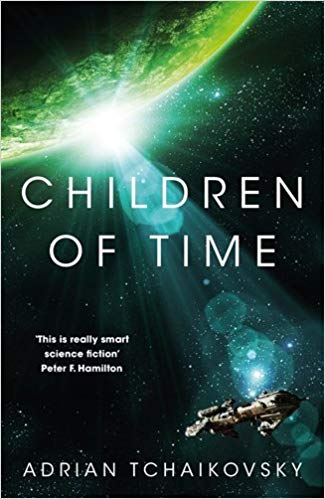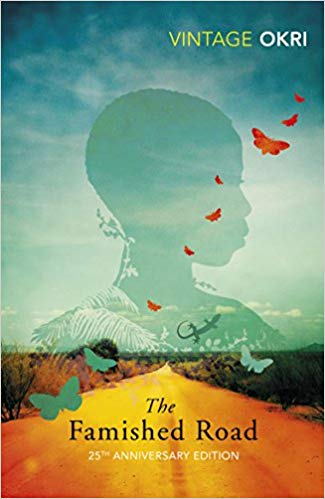For book nineteen, I was given the choice between:
‘The Forever War’ by Joe Haldeman
‘The Third Policeman’ by Flann O’Brien
‘Alone In Berlin’ by Hans Fallada
Having been one of the oldest books (in terms of how long I’ve had a copy) in this whole project, I felt I needed to go with ‘The Third Policeman’. A recommendation from a good friend many years ago, it has sat unread for too long.
Goodreads summary: The Third Policeman is Flann O’Brien’s brilliantly dark comic novel about the nature of time, death, and existence. Told by a narrator who has committed a botched robbery and brutal murder, the novel follows him and his adventures in a two-dimensional police station where, through the theories of the scientist/philosopher de Selby, he is introduced to “Atomic Theory” and its relation to bicycles, the existence of eternity (which turns out to be just down the road), and de Selby’s view that the earth is not round but “sausage-shaped.” With the help of his newly found soul named “Joe,” he grapples with the riddles and contradictions that three eccentric policeman present to him.
The last of O’Brien’s novels to be published, The Third Policeman joins O’Brien’s other fiction (At Swim-Two-Birds, The Poor Mouth, The Hard Life, The Best of Myles, The Dalkey Archive) to ensure his place, along with James Joyce and Samuel Beckett, as one of Ireland’s great comic geniuses.
How important is the ending of a novel to our overall enjoyment of it? Can a well realised final page make up for what had otherwise been a confusing mess of narrative and character development? More importantly, can the denouement of any story help to explain away some of the more confusing choices made by the author?
This was the conundrum that I was left with after reading ‘The Third Policeman’ by Flann O’Brien. A book that was both included in and cites as an influence on the programme ‘Lost’, the story begins with a botched robbery that becomes a murder. For our narrator, the fallout after the crime is what we are shown as he tries his best to both get away with the crime and maintain the cash that had been the initial lure for him and his co-conspirator. Through this, he grows closer to his soul, named ‘Joe’, meets three strange policeman, and is unwittingly subjected to a raft of weird and wonderful experiences that he can neither make head nor tail of.
Naturally, the desire to avoid spoilers makes a discussion of the importance of the novel’s ending difficult, but it does help to tie up what had otherwise been a confusing mess of increasingly unrealistic exchanges between the narrator and the world around him. What was once fantastical is made sense of by the final page, but that doesn’t necessarily excuse the confusion that came before. The argument would be that we experience that which the main character is experiencing – his confusion becoming our confusion – but it is left up to the reader’s interpretation of events as to whether the ending makes up for the rest. The more cynical might question a take on the ‘but it was all a dream’ cliché, yet this was just far enough away from that trope to be effective.
Some of the better bits tended to be the exposition and footnotes surrounding the narrator’s passion for the works of de Selby, a man who is both the recipient of a lot of academicals discussion as well as stark raving bonkers. It is these asides, so farcical in nature, that provide the most humour for the reader, especially as the initial crime is due to the narrator’s desire to create a review of de Selby’s work – the real irony being that each footnote only leads to further suggest that this has already happened many times before.
There is also some brilliant set pieces that are farcical in nature and do provide humour for the reader. A policeman who builds ever increasingly smaller boxes to the point of non-existence, discussions of how much bicycle a human who rides one eventually becomes, and a room that bestows whatever a person wishes upon them with one pretty significant caveat all generate genuine mirth. It is just a shame that not everything hits with the same effectiveness.
The fantastical nature and seeming lack of forward progression from chapter to chapter after the narrator enters the police station may cause some to waver in terms of their enjoyment. An argument could also be made that the finish itself doesn’t necessarily make up for any uninspired or less engaging moments throughout the novel. However, for me it did just enough to make it a worthwhile recommendation, even if the clear brilliance of O’Brien’s ideas are spotty in their execution.









